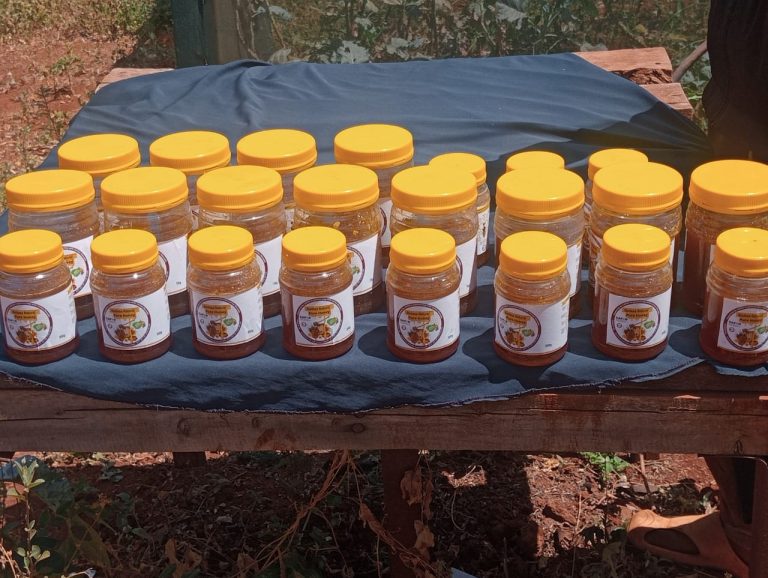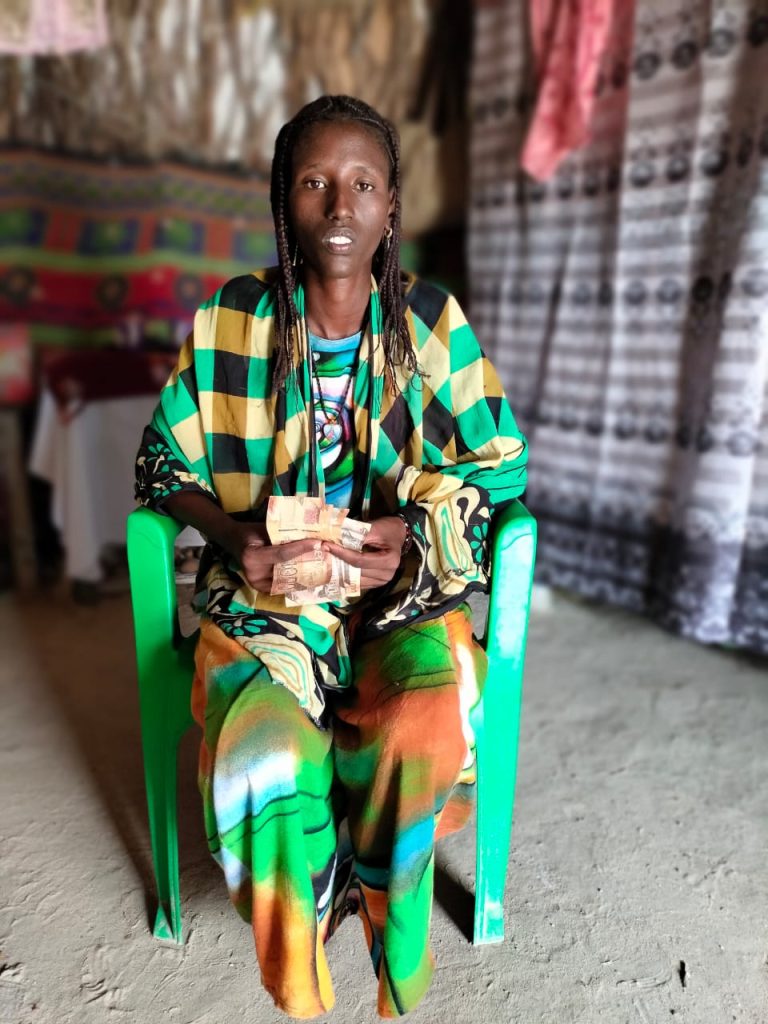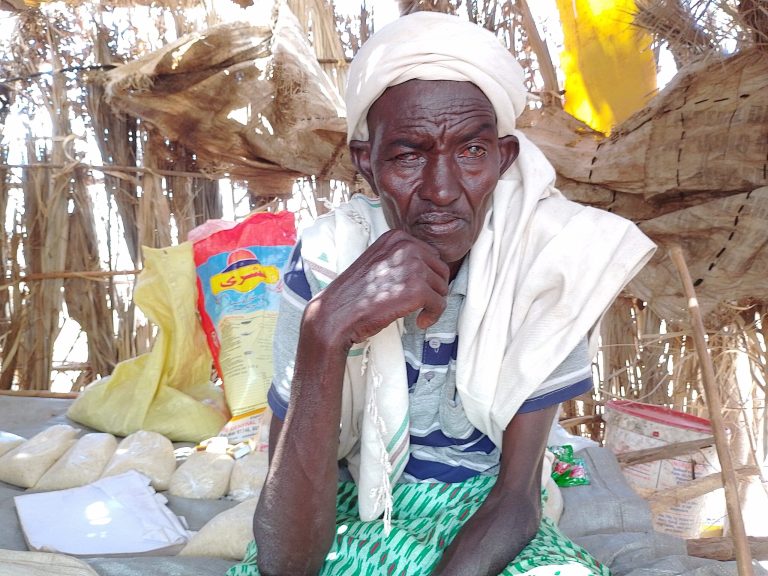Female Genital Mutilation (FGM) is a persistent issue in Kenya, especially among the pastoral communities in the Arid and Semi-Arid Lands (ASALs) like Marsabit County. Despite its severe psychological, physical, and health consequences, many in these communities continue to practice FGM due to its cultural significance. However, change is on the horizon thanks to the combined efforts of humanitarian and development agencies, alongside the Kenyan government’s commitment to eradicating this illegal practice.
One significant initiative in this battle is the work of Caritas Marsabit’s Justice and Peace program, which has formed dedicated committees throughout Moyale and North Horr Sub-Counties to oversee human rights issues, including the reduction of Gender-Based Violence (GBV) and FGM. These committee members are dedicated to educating their communities about the harmful effects of such practices and working with authorities to hold offenders accountable.
Qalo Ibrae, a GBV committee member from Turbi, shared a success story of her team’s efforts. They managed to rescue 16 girls from undergoing FGM, a practice deeply ingrained in their community as a rite of passage into marriage.
“Female Genital Mutilation has been part of our community’s lifestyle for a long time. It is considered a necessary rite of passage for every girl who is looking to get into marriage,” Qalo explained.
However, the awareness raised by Caritas Marsabit is starting to change this mindset. Qalo described how, thanks to the organization’s training on GBV and FGM, her team could prevent several incidents, including the planned FGM of 16 girls transported from Moyale to Turbi.
“When we heard about the incident being planned, we rushed there and found their guardians ready with the girls. We immediately stopped them, searched their belongings, and found equipment and medicines they were to use for the act. The guardians fled, but the young girls remained,” Qalo recounted.
The committee took the girls in, carefully inquired about their backgrounds, and educated them on the harmful effects of FGM, emphasizing the physical and emotional risks involved. They also tracked down the escaped guardians, issued stern warnings, and explained the severe consequences of engaging in FGM. The rescued girls were sent home and continuously monitored to ensure their safety.
This story exemplifies the power of community intervention and collaboration in eliminating harmful practices that jeopardize young girls’ well-being. It highlights the crucial role GBV committees play in protecting young lives and offers a beacon of hope. Thanks to these efforts, 16 girls were saved from a traumatic ordeal, and many more may be spared in the future.







Hi, this is a comment.
To get started with moderating, editing, and deleting comments, please visit the Comments screen in the dashboard.
Commenter avatars come from Gravatar.